Abstract photography sometimes can also be alligned with minimalistic photography. This type of photography is generally referred to photography which captures different perspectives, shapes or patterns. Sometimes this type of photography can also be classified in the category of fine art prints. The idea is to capture an element which transforms something familiar into an image which may be intriguing and captures the imagination. The abstract photograph may not be recognisable as to its real existance. Macro lenses for close up work can be very useful for this type of photography. Also black and white photograpy can be utilized to create dramatic abstract images. In capturing fine abstract photographs be aware that extreme side lighting can provide dramatic lighting to some textures.
The first image here is that of a live crocodile skin taken with a 200mm f/4 Nikon Micro lens, a lens of this focal length will assist in keeping a safe distance from dangerous creatures and will give an exceptionally sharp image. Notice the strong side lighting in this image to bring out the shadowed texture. But beware of live crocodiles.
This simple image of seaweed in a rock pool forms an interesting abstract image, the seaweed was floating in a small rock pool and has been captured using a close up Nikon Micro lens.
This interesting pattern of the chromatic aberrations of light through an oil drop forms an interesting abstract image, this image was also taken using a Nikon Micro lens with bellows.
This close up image of a simple leaf is a strong example of what can be done with patterns and textures. This image was taken with a Nikon Micro lens which is designed specifically for close up photography.
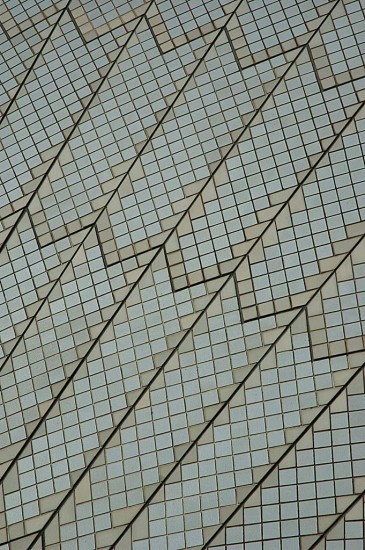
The above image of the tiles on the roof sail of the Sydney Opera House form an excellent abstract image.
As can be seen from all the above images there is enormous scope to get many different abstract type images from your close up equipment and macro lenses.
Here are some tips to help you to capture abstract type images:
- Try a close up or macro lens to get close to effectively see a different view of some object which may not be obvious to some viewers.
- Use side lighting to emphasise the texture in the objects you are photographing. Showing texture in the image will possibly and a new dimension to what the viewer sees in the final image.
- Use electronic flash to add some supplementary lighting, but balance the supplementary lighting with the natural daylight. Flash light can be over powering if it is too bright compared to the normal incident lighting.
- Sometime human made structures make nice subjects for abstract photography. This is the case when the structure has some repeating pattern to add interest. In this type of image the time of the day the image is captured will determine the impact of lighting on the scene, try to capture it with side illumination to help bring out any texture.
- Nature is a great provider of abstract patterns and I give some examples as follows:
- The patterns that the waves make in the sand can form abstract patterns.
- Seaweed patterns in still water ponds at the beach.
- Sky scenes of clouds in the sky can make interesting captures, especially when there is side lighting.
- Many different types of foliage and leaves can give very interesting abstract patterns.
- Bark patterns on trees can give promising abstract images.
- Rugged country with cliff faces can form abstract patterns.
- Waves and ripples in water
- Man made objects such as some of the following can be great abstract images as follows:
- Graffiti patterns on walls are also great for abstract art patterns.
- Close up images and macro images of woven patterns fabric can make for excellent abstract images.
- Some prints on fabric can give excellent results.
- Patterns in brickwork or patterns in tiles.

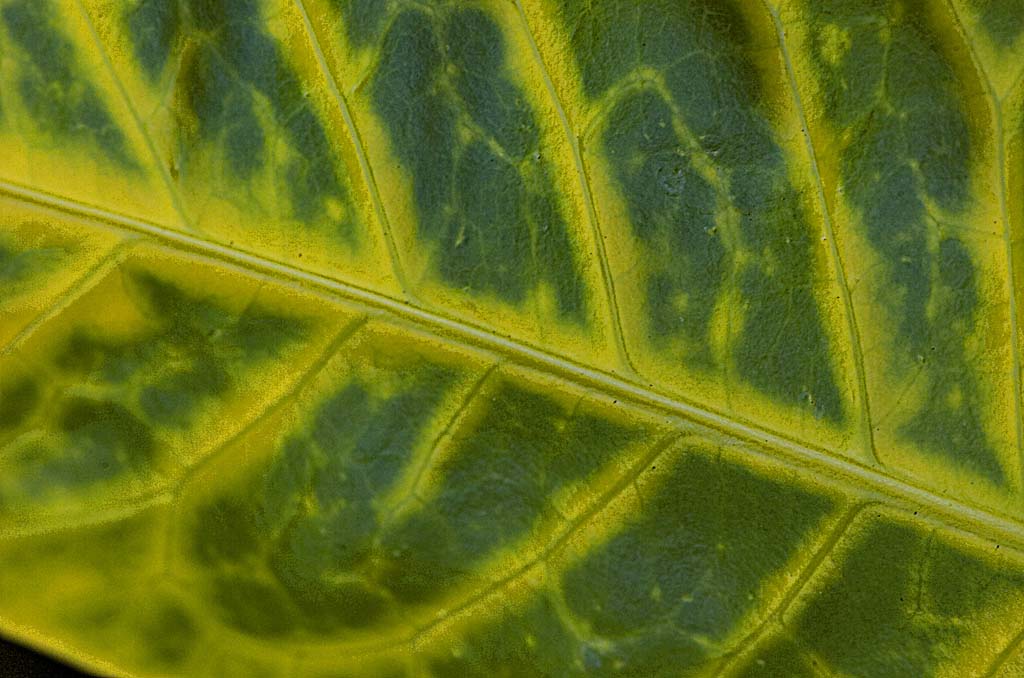
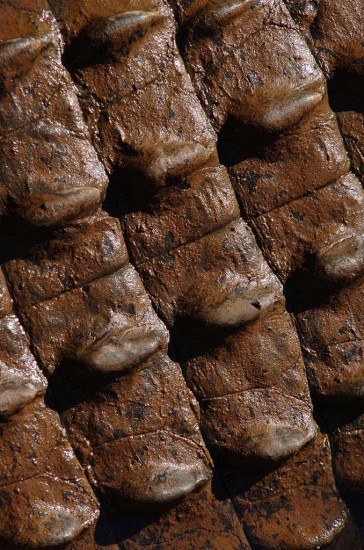
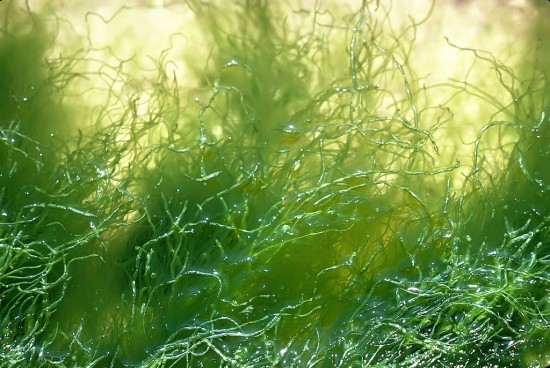
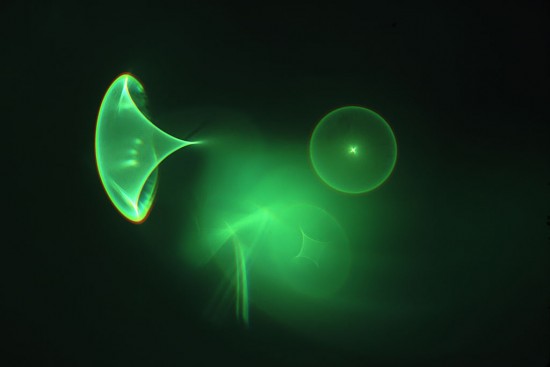
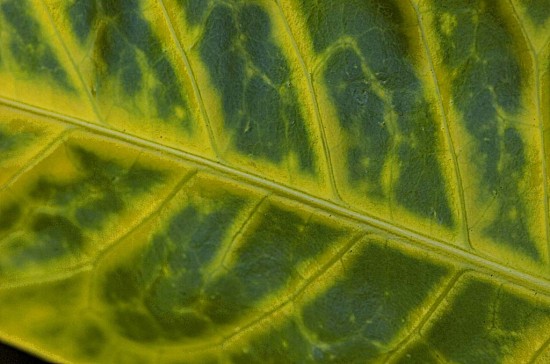
Wow! Some especially nice photos there, you are very capable.You must be very capable to get such remarkable photos, I’m awed.